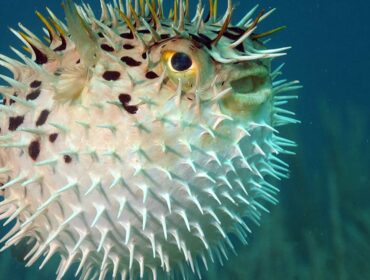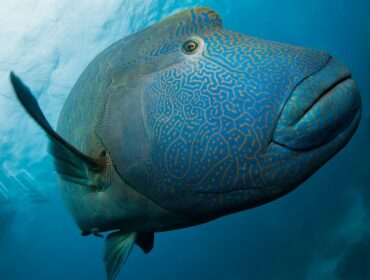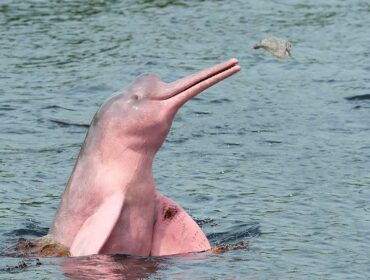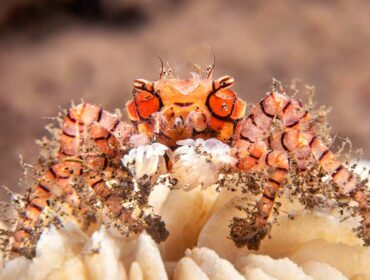Hawaii has some of the most beautiful and diverse marine wildlife in the world, especially when it comes to marine life. Whether you’re sailing, swimming, boating, or kayaking, you’re bound to spot some whales and dolphins of Hawaii at some point if you’re on the sea!
False Killer Whale
These whales are the third-largest members of the oceanic dolphin family. They are often mistaken for killer whales — hence their name — but they don’t belong to the same genus. They also share their instinct to hunt and kill other cetaceans, though even in the wild they have been known to offer fish they have caught to humans that are diving or swimming near them. Their presence in Hawaii is most common in the channel between Kauai and Niiahu, following sailboats.
Humpback Whale
Humpback Whales migrate to the Islands from about November to February to mate and have their young. There are approximately only 6000 of them left, and around 4000 of them migrate to Hawaii each year. During the spring and summer they migrate as far as 3,000 miles to feeding areas over the continental shelf of the Pacific Rim, from the coast of California north to the Bering Sea. Hawaii is the only state in the United States where humpback whales mate, calve, and nurse their young. Humpbacks may find Hawaii suitable because of the warm waters, the underwater visibility, the variety of ocean depths, and the lack of natural predators. Although many species of whales and dolphins are vocal, humpback whales are best known for their songs. The “humpback song” consists of sequences of sounds that are repeated over and over in a pattern. Patterns of humpback whale sounds change from year to year and can vary in different parts of the ocean.
Spinner Dolphin
These amazing creatures are so named after their high, spinning leaps. They are playful and eager, often spotted daily riding the bow of sailboats off the coast of the Islands. The males are slightly bigger than the females, maxing out in size at about 2.5 meters, though their babies are born the size of footballs. They are most commonly spotted in the mornings when they move from their nightly habitat of up to 3000 feet to the shallow waters to play and sleep. They are called the “Ambassadors of Aloha” by the Hawaiians, and the ancient peoples of the Islands considered them their own tribe with equal rights to humans.





